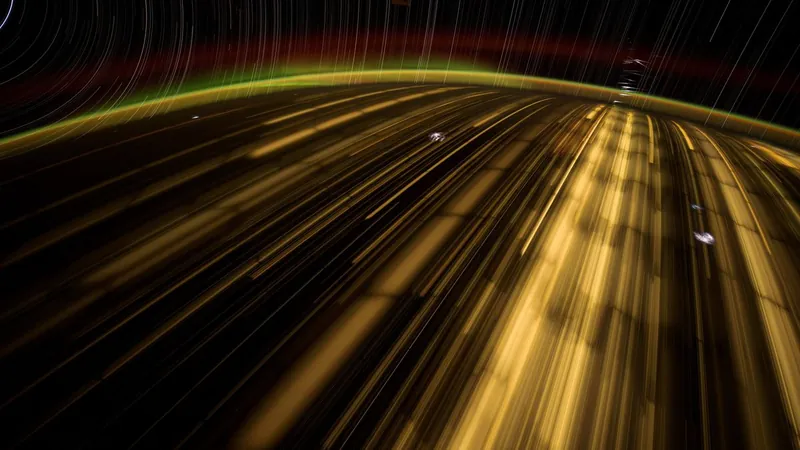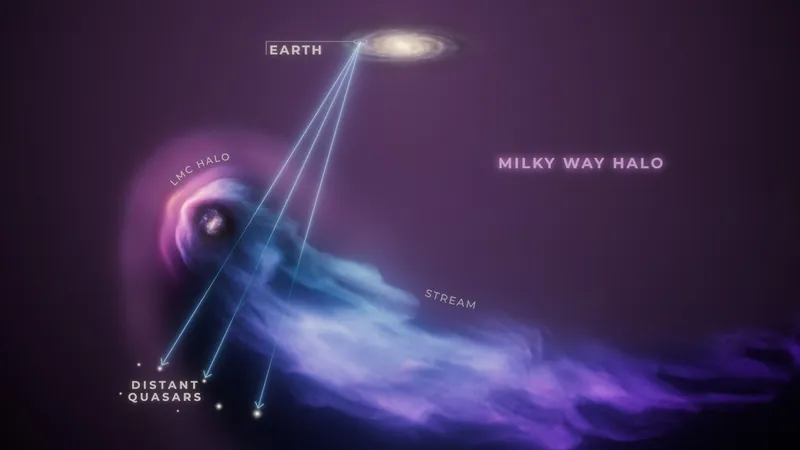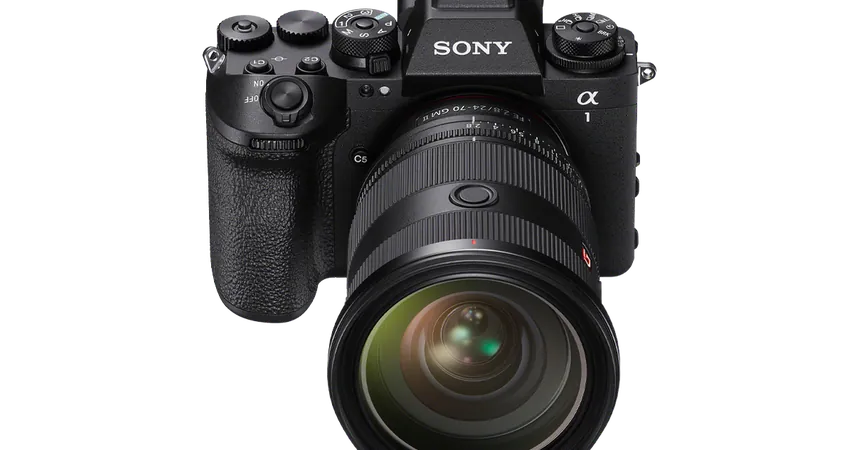
NASA Astronaut Captures Stunning Footage of SpaceX Starlink Satellites from ISS
2024-11-19
Author: Charlotte
Introduction
In a breathtaking display of modern technology, veteran NASA astronaut Don Pettit recently photographed SpaceX's Starlink satellites in their cosmic ballet above Earth. Using timelapse photography from the International Space Station (ISS), Pettit showcased these satellites as vivid white flashes streaking across the cosmos.
Description of the Scene
On November 15, Pettit described the scene on X (formerly known as Twitter), clarifying that these bright flashes, reminiscent of the monolith from Stanley Kubrick's iconic film "2001: A Space Odyssey," are visible only from the vacuum of space. He likened the satellites to a miniature monolith, noting that their large flat faces point towards Earth, while solar panels extend outward like the fins of a prehistoric dimetrodon.
Observation from Low Earth Orbit
Cruising in low Earth orbit, Pettit observed how the Starlink satellites appeared "strikingly bright from orbit." However, he emphasized that these dazzling flashes are not designed to beam light towards Earth, but rather reflect sunlight at specific times of day.
SpaceX's Starlink Fleet
As of now, SpaceX boasts an impressive fleet of over 6,600 active Starlink satellites, operating at various altitudes and inclinations. Each satellite has an expected operational lifespan of around five years, while the company has ambitious plans to launch up to 42,000 satellites into orbit to enhance global internet coverage.
Concerns About Light Pollution
Despite the technological advancements, astronomers have raised valid concerns regarding the brightness of these satellites and their impact on the night sky. In response to the growing criticism, SpaceX has implemented measures to reduce the visibility of Starlink satellites, including adjustments in their orientation and specialized coatings. Nevertheless, the debates about light pollution in our atmosphere continue.
Observing Starlink Satellites
Pettit pointed out that the Starlink satellites can only be observed under specific conditions from the ISS, describing them as "wonky streaks" of light that reflect sunlight during dawn or dusk. He elaborated, stating, "These are Starlink satellites reflecting pre-dusk or pre-dawn sunlight off their solar panels. They are only seen from 5 to 18 degrees preceding or trailing the sun."
The Balance Between Technology and Nature
As technology advances and space exploration continues to captivate our imagination, the delicate balance between connecting communities on Earth and preserving the beauty of our night sky remains a hot topic for scientists and stargazers alike. Stay tuned for more astonishing discoveries from the final frontier!









 Brasil (PT)
Brasil (PT)
 Canada (EN)
Canada (EN)
 Chile (ES)
Chile (ES)
 España (ES)
España (ES)
 France (FR)
France (FR)
 Hong Kong (EN)
Hong Kong (EN)
 Italia (IT)
Italia (IT)
 日本 (JA)
日本 (JA)
 Magyarország (HU)
Magyarország (HU)
 Norge (NO)
Norge (NO)
 Polska (PL)
Polska (PL)
 Schweiz (DE)
Schweiz (DE)
 Singapore (EN)
Singapore (EN)
 Sverige (SV)
Sverige (SV)
 Suomi (FI)
Suomi (FI)
 Türkiye (TR)
Türkiye (TR)